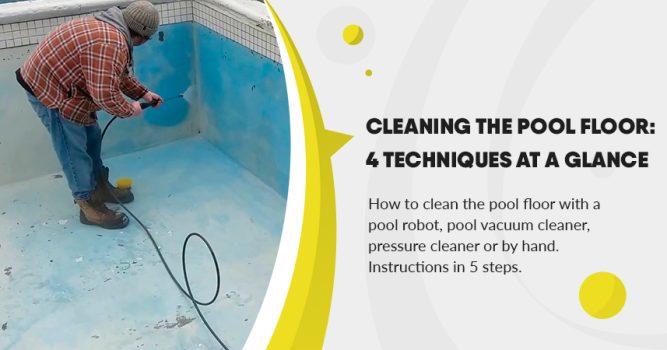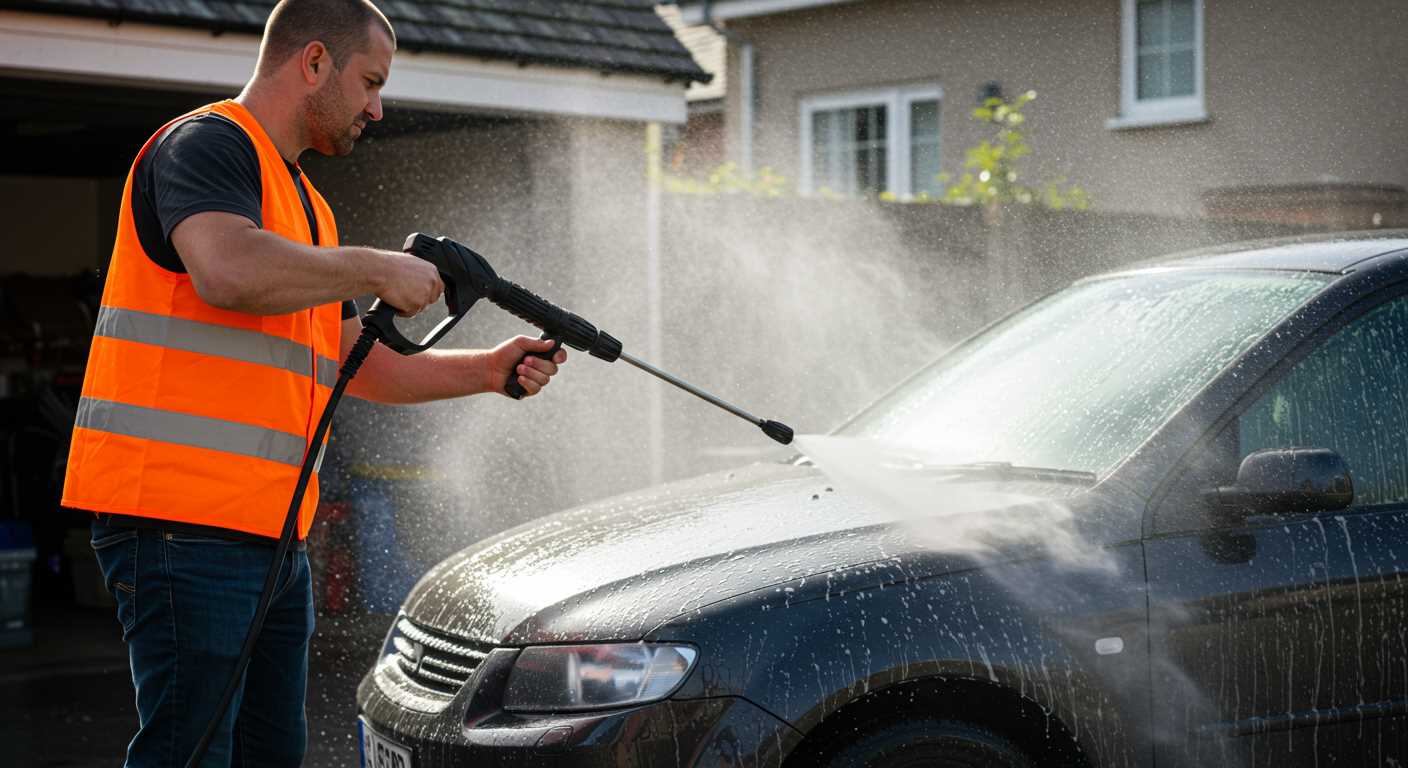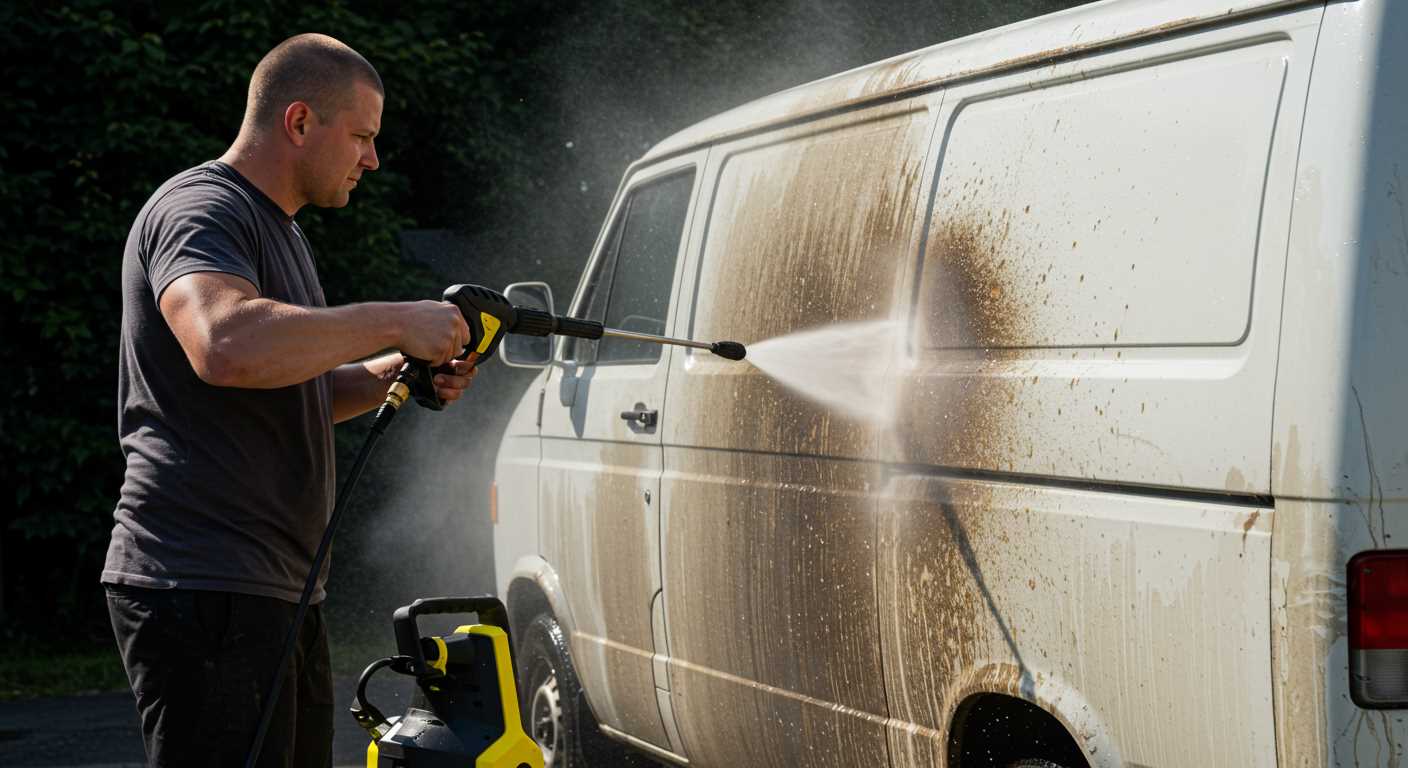



Various deposits settle especially on the bottom of a pool. We show you how to clean your pool floor properly.
How can a pool floor be cleaned?
- Pool robot: for continuous use
- Pool vacuum cleaner: for spot cleaning
- Pressure washer: for stubborn stains
- By hand: for small or delicate pools
The possibilities at a glance
Cleaning the pool floor with the pool robot
The pool robot moves automatically over the pool floor and you do not have to do anything other than check the robot regularly for correct functioning and carry out maintenance. The dirt is loosened from the bottom via rotating brushes located on the underside. The dirt is transported out of the pool via a suction pipe.
In addition to the pool floor, many pool robots are also suitable for cleaning the walls. It is important that the connection lines are long enough so that the machine can reach all positions in the pool. The machine is also designed to perform permanent cleaning on the floor. The water does not need to be removed from the pool for use.
Video:
Cleaning the pool floor with the pool vacuum
A pool vacuum cleaner is used like a hoover. You use it to vacuum the bottom of the pool, removing algae and other particles that have settled to the bottom. It is excellent for removing dirt from spot spots. Equipped with a telescopic pole, you are able to reach all the bottom spots in your pool.
You must work slowly so that the dirt is not stirred up. There should also be no air in the drain hose, otherwise the air bubbles can get into the pumps and damage them. Here, too, the pool water does not have to be drained.
Video:
Cleaning the pool floor with a pressure washer
The pressure washer is suitable for removing stubborn dirt from the pool floor. To clean the floor with it, you must drain the pool water completely. Make sure you have a secure footing, as the floor can be slippery. Then you can point the pressure washer at the tiles and remove the dirt.
This procedure is not suitable for above-ground pools made of foil or for pools that have damaged tiles. The high working pressure would destroy the material at the bottom of the pool. Since the pool is already drained, you should also clean the pool walls with the pressure washer. Due to the loudness, you must wear ear protection when operating the cleaner.
Video:
Cleaning the pool floor by hand
If you do not want to clean the pool floor with machines, you can also clean it manually. To do this, drain the water completely from the pool and clean it with an appropriate pool cleaner and sponges. Finally, rinse the remains of the contaminated cleaning water down the drain with a garden hose and clear water.
This method is best suited for small pools. Manual pool cleaning is also ideal for delicate materials such as pool liners. Since you are close to the floor tiles, damage to the pool is also easy to spot and repair immediately.
Product recommendations
Pool robot
A pool robot is equipped with rotating brushes on the underside that loosen debris such as algae or sunken insects from the bottom of the pool. The dirt is picked up by a pipe and vacuum and transported out of the pool. Make sure that the pipe is long enough so that the pool robot can reach all places. Driving can be done independently.
Pool vacuum cleaner
The pool vacuum cleaner also works with negative pressure and the dirt is sucked off the pool floor like a hoover. The nozzle is moved over the surface by a telescopic rod and algae, small stones and leaves can be removed. The wider the suction nozzle, the less travel is required to clean the pool.
Pressure washer
A pressure washer is particularly powerful because it works with a high working pressure. After the pool has been drained, you can hold the water jet directly on the dirty areas. With the pressure cleaner, you can easily remove even the most stubborn dirt from the bottom of the pool. The higher the pressure, the more effective the device.
Floor scrubber
A bottom landing net can be used to pick up sunken objects such as branches, stones, leaves and insects from the substrate. To do this, you push the landing net with its lip over the ground. Bottom landing nets are also suitable for removing floating particles from the pool water as well as from the water surface. With a telescopic pole, you can also easily reach the middle of the pool.
Pool cleaner
Pool cleaners are effective cleaning agents with which you can remove limescale deposits from the pool floor. After draining the pool water, the pool cleaner is usually used diluted and applied to the dirty surfaces. After soaking, the limescale can be removed with a sponge, cloth or brush.
Instructions: Cleaning the pool floor with the pool robot in 5 steps
How to clean a pool floor?
- Select a suitable pool robot
- Connect the robot
- Switch on the pool robot
- Check that it is working correctly
- Clean and maintain the robot regularly
1. Correct selection
Before you buy a pool robot, you need to know a few things. These include the cleaning performance, speed, whether the robot should also be used for the walls or the length of the lines.
2. Connection
Connect the pool robot and place it on the pool floor. Make sure that the drain hose is filled with water before switching it on to prevent water bubbles in the pump.
3. Switch on
Now switch on the robot as soon as it has been connected correctly.
4. Check
Check that the pool robot is moving and vacuuming correctly. Now the bottom of your pool will be cleaned automatically and you don’t have to worry about this step.
5. Cleaning and maintenance of the robot
To ensure reliable pool cleaning, the robot must be cleaned and maintained regularly. This will ensure a clean pool floor without impurities.
Tools:
- Pool robot including accessories and connection
Possible problems & solutions
The bottom is stubbornly dirty
In the case of stubborn deposits, nets and home remedies for pool cleaning usually no longer help. If vacuum cleaners or robots don’t help either, you have to drain the water and clean the bottom with pressure washers or chemical agents.
I can’t get rid of the dirt myself
If the dirt is so stubborn that you cannot remove it yourself, then you should hire a professional pool cleaner. They will be able to use the latest technology to clean your pool again.
After draining the pool water, I see damage
If you see damaged areas on the liner or the tiles, you should repair them in the course of this. Now you can get to the damaged areas in the best possible way and avoid possible water loss as well as additional expenditure later on.
FAQ
What else is important besides cleaning the pool floor?
In order to maintain a clean pool, you must keep the pool walls, the pool edge and the filter system clean in addition to the pool floor. Also carry out pool maintenance by checking the chlorine content as well as the pH value.
What do I have to bear in mind for an above-ground pool with a liner?
Foils are more sensitive to damage and cleaning must be done more carefully. Therefore, use pressure washers very sparingly and avoid using sharp objects to scrape off deposits.
Do I have to drain the water for cleaning?
If you work continuously with pool robots or pool vacuums, draining is not necessary. However, it may be necessary for stubborn deposits.
How do I clean the pool floor properly?
Select a suitable pool robot and connect it. After switching on, the robot will automatically clean the floor. Clean and maintain the robot regularly.
How do I remove algae from the pool floor?
You can remove a light algae infestation with a vacuum cleaner or pool robot. For stubborn algae, a pressure washer or algaecide is usually helpful.


.jpg)

.jpg)


